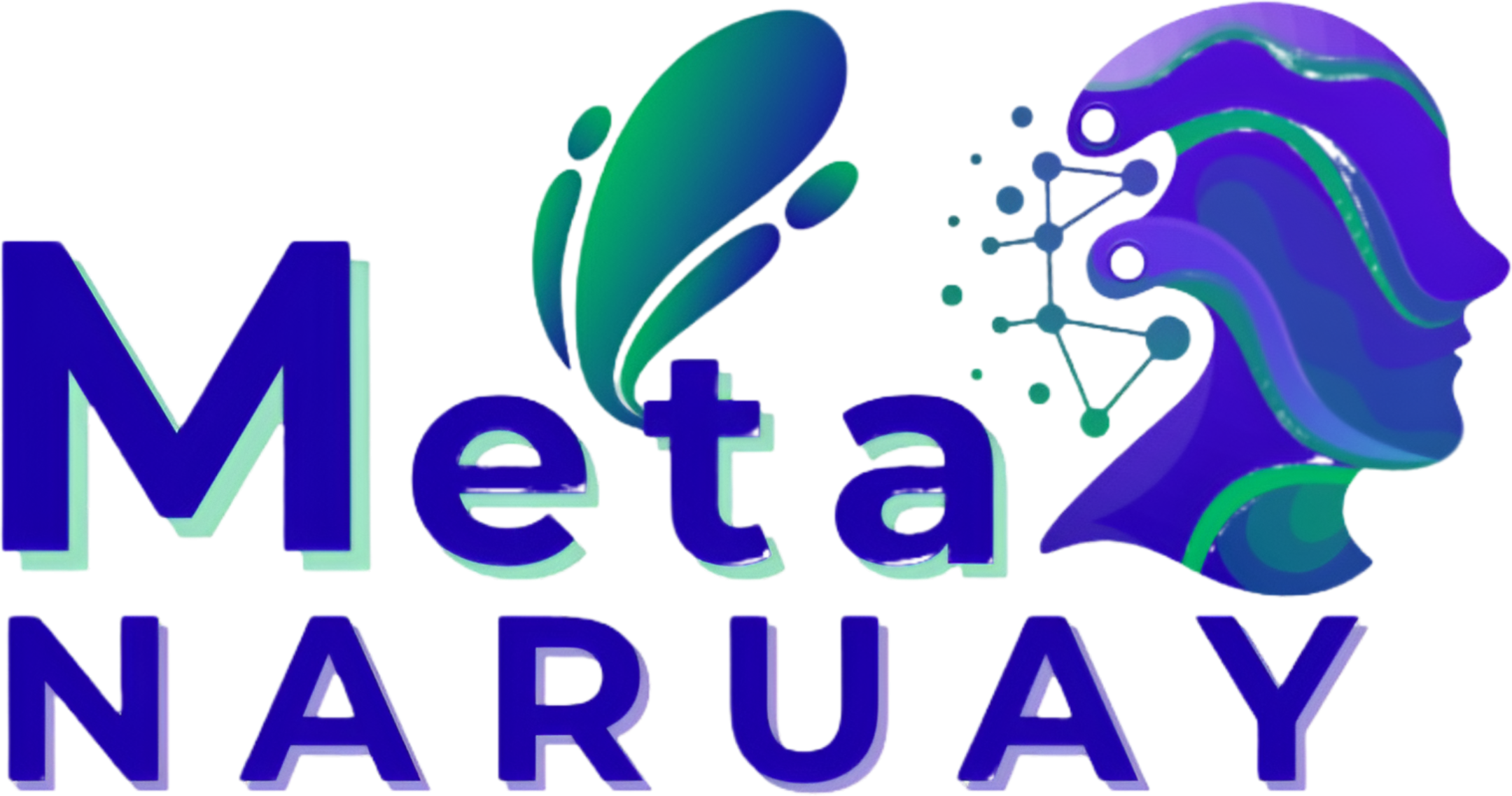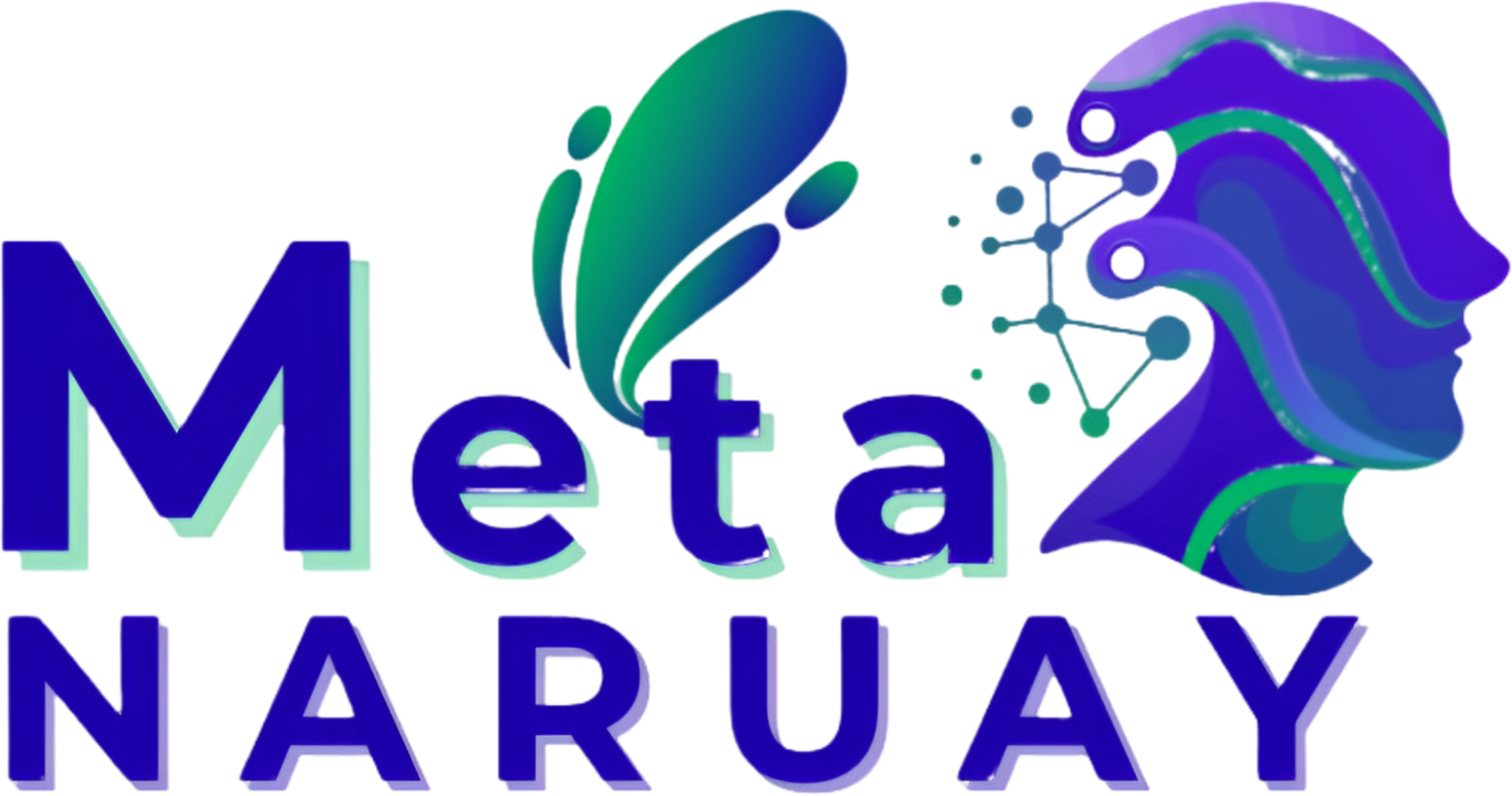The long-term health of the Xerosis Market, projected to reach $5.2 Billion by 2035, relies heavily on advancing beyond mere symptomatic relief (moisturizers) to better diagnostics and targeted, specialized therapeutics. Currently, the market lacks standardized, widely adopted diagnostic tools, with xerosis often being visually assessed. The future will see greater integration of non-invasive diagnostic technologies, such as advanced imaging and transepidermal water loss (TEWL) measurement, to precisely characterize the skin barrier defect, allowing for truly personalized treatment strategies.
On the therapeutic front, innovation is focusing on the introduction of Advanced Therapies that address the root causes of barrier dysfunction and inflammation. This includes the development of biologics and targeted oral medications for inflammatory skin conditions highly associated with xerosis, such as severe atopic dermatitis. Furthermore, specialized formulations leveraging micro-encapsulation technology for improved delivery of active ingredients, like ceramides, hyaluronic acid, and proprietary peptides, are entering the market, offering superior efficacy and sustained relief for patients in the Moderate and Severe segments. This innovation is redefining the landscape of Xerosis Diagnostics and Therapeutics.
A key opportunity lies in preventative care and the development of specialized products for high-risk groups, such as the elderly, diabetics, and patients undergoing chemotherapy, whose xerosis is often severe and a precursor to more serious complications. The focus on personalized medicine, leveraging an understanding of individual skin biomes and genetic predispositions, will drive the next generation of highly efficacious, high-value products. Companies are also investing in digital health solutions, such as remote monitoring apps and AI-driven diagnostic tools, to improve patient adherence and track the effectiveness of long-term treatment regimens.
The push for these specialized treatments is critical to capture the high-value Severe segment of the market, ensuring that the industry continues to grow and meet the complex needs of chronic sufferers. The success of future therapeutics will depend on their ability to offer proven, long-term barrier repair, moving beyond the occlusive and humectant effects of traditional moisturizers. For an in-depth look at emerging technologies and diagnostic tools, view the full report at Xerosis Diagnostics and Therapeutics.
Tags: #Diagnostics #PersonalizedMedicine #AdvancedTherapies #TEWL #SkinBarrierRepair




